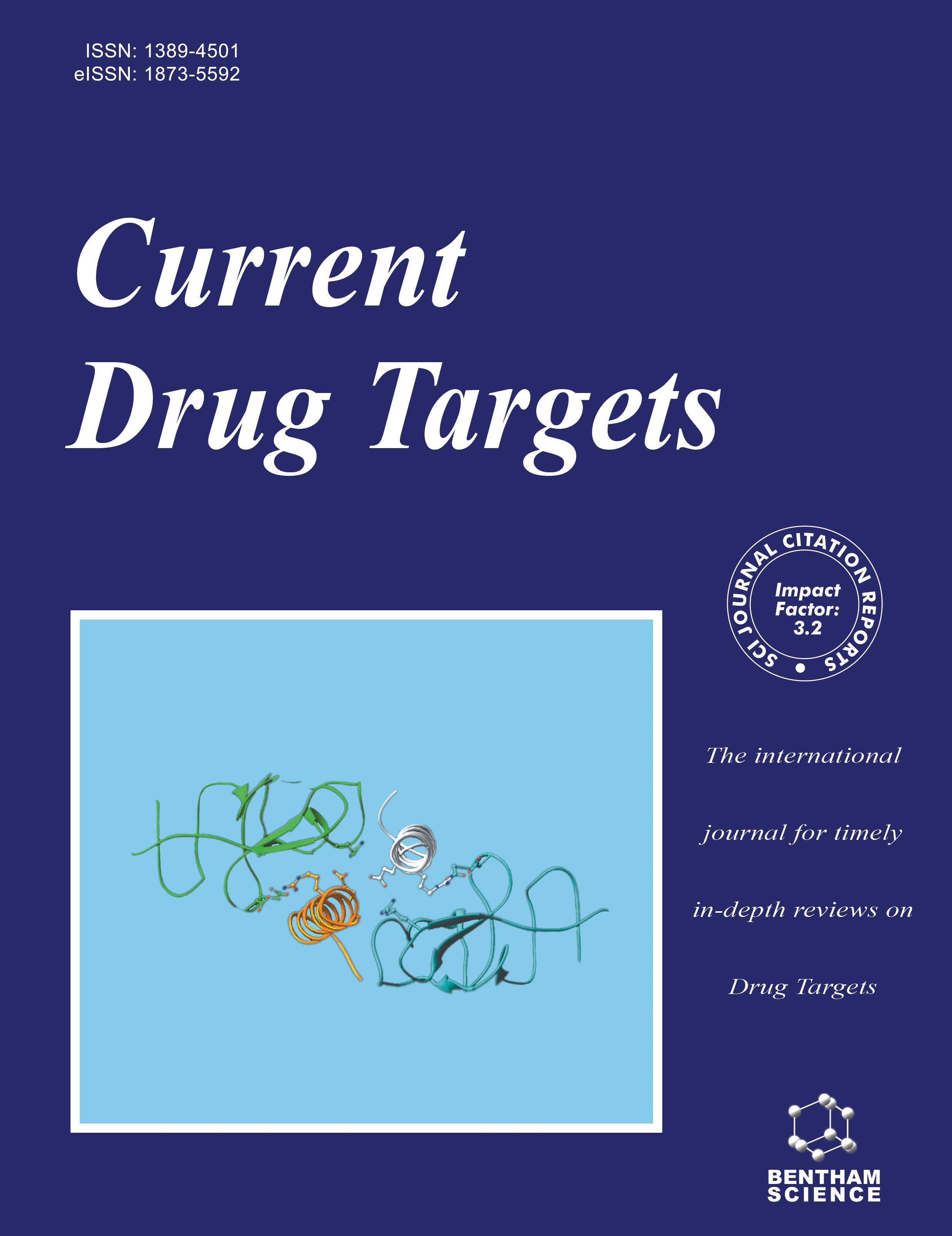- Home
- A-Z Publications
- Current Drug Targets
- Previous Issues
- Volume 25, Issue 14, 2024
Current Drug Targets - Volume 25, Issue 14, 2024
Volume 25, Issue 14, 2024
-
-
Beta-Hydroxybutyrate: A Supplemental Molecule for Various Diseases
More Lessβ-hydroxybutyrate (BHB) is a ketone body that serves as an alternative energy source for various tissues, including the brain, heart, and skeletal muscle. As a metabolic intermediate and signaling molecule, BHB plays a crucial role in modulating cellular and physiological processes. Notably, BHB supplementation offers a novel and promising strategy to induce nutritional ketosis without the need for strict dietary adherence or Read More
-
-
-
Role of Vitamins in Therapeutic and Targeting Approaches for Prostate Cancer: An Overview
More LessVitamins play a crucial role in cellular functions like cell cycling and proliferation, differentiation, and apoptosis. These also help in the induction of cell cycle arrest and/or apoptosis. They can inhibit normal prostatic epithelial cell growth and might be helpful for the prevention of prostate cancer (PCa). Many essential vitamins including the fat-soluble vitamins (vitamin A, vitamin D, vitamin E, and vitamin K) and the water-soluble vi Read More
-
-
-
Endogenous Ligands of TLR4 in Microglia: Potential Targets for Related Neurological Diseases
More LessChronic inflammation mediated by microglia is a cause of some neuroinflammatory diseases. TLR4, a natural immune receptor on microglia, plays an important role in the occurrence of inflammation and the process of diseases. TLR4 can be activated by a variety of ligands to trigger inflammatory responses, including endogenous ligands HMGB1, S100A8/9, Heme, and Fetuin-A. As ligands derived from the body itself, t Read More
-
-
-
Promising New Targets for the Treatment of Infections Caused by Acinetobacter baumannii: A Review
More LessAcinetobacter baumannii is a globally disseminated Gram-negative bacterium that causes several types of serious nosocomial infections, the most worrisome being ventilator-associated pneumonia and bacteremia related to using venous catheters. Due to its great ability to form biofilms, combined with its survival for prolonged periods on abiotic surfaces and its potential to acquire and control the genes that determine an Read More
-
Volumes & issues
-
Volume 26 (2025)
-
Volume 25 (2024)
-
Volume 24 (2023)
-
Volume 23 (2022)
-
Volume 22 (2021)
-
Volume 21 (2020)
-
Volume 20 (2019)
-
Volume 19 (2018)
-
Volume 18 (2017)
-
Volume 17 (2016)
-
Volume 16 (2015)
-
Volume 15 (2014)
-
Volume 14 (2013)
-
Volume 13 (2012)
-
Volume 12 (2011)
-
Volume 11 (2010)
-
Volume 10 (2009)
-
Volume 9 (2008)
-
Volume 8 (2007)
-
Volume 7 (2006)
-
Volume 6 (2005)
-
Volume 5 (2004)
-
Volume 4 (2003)
-
Volume 3 (2002)
-
Volume 2 (2001)
-
Volume 1 (2000)
Most Read This Month
Article
content/journals/cdt
Journal
10
5
false
en


